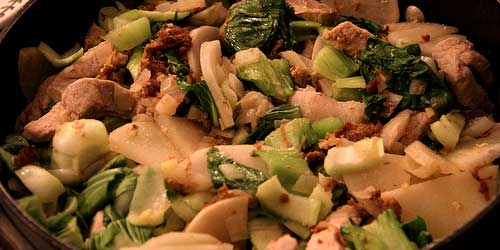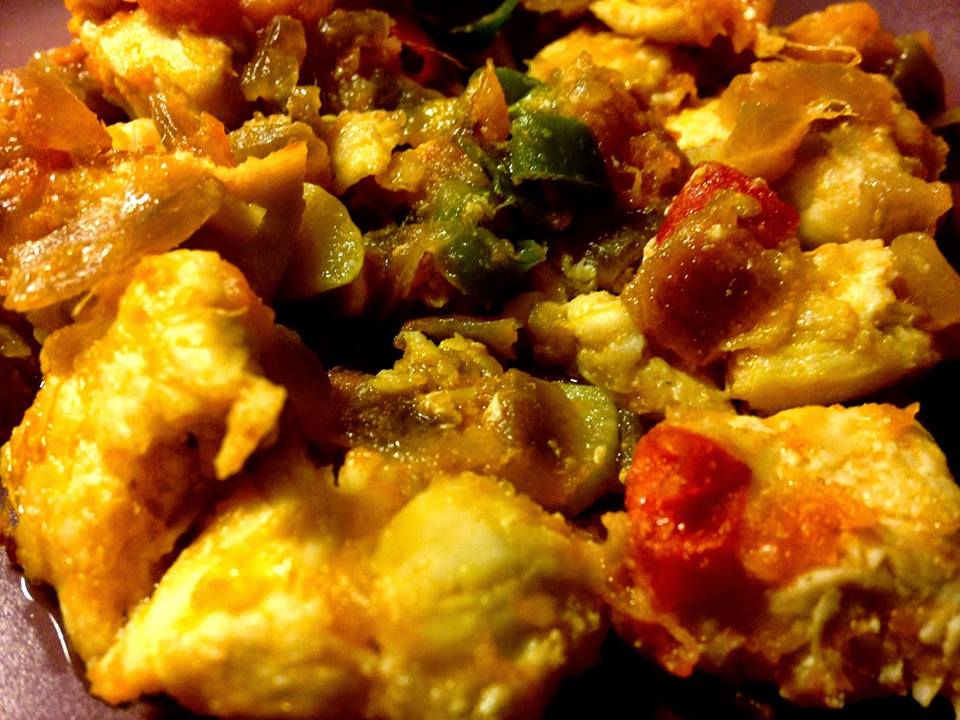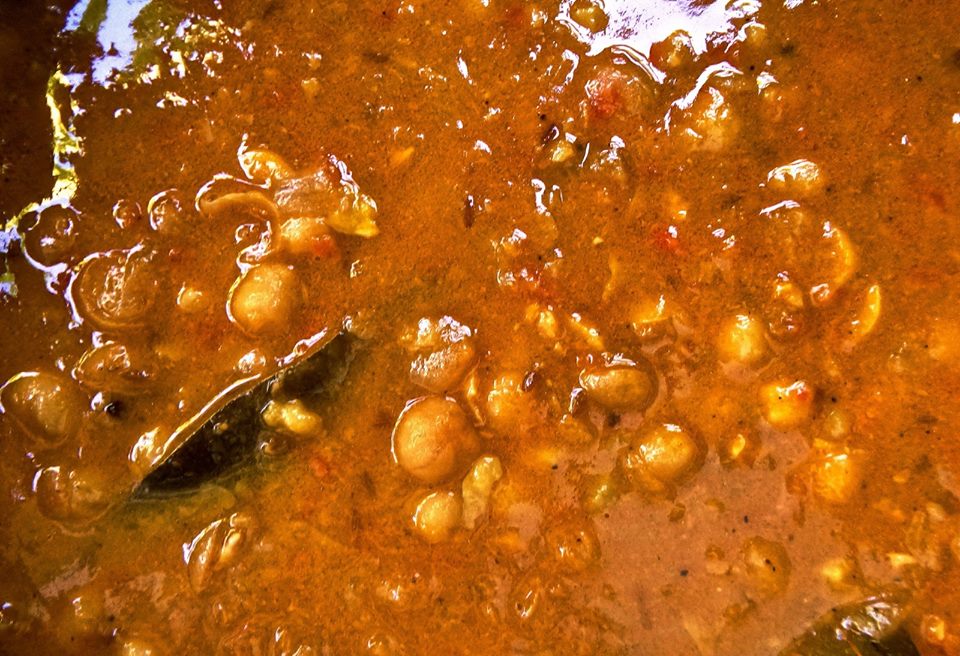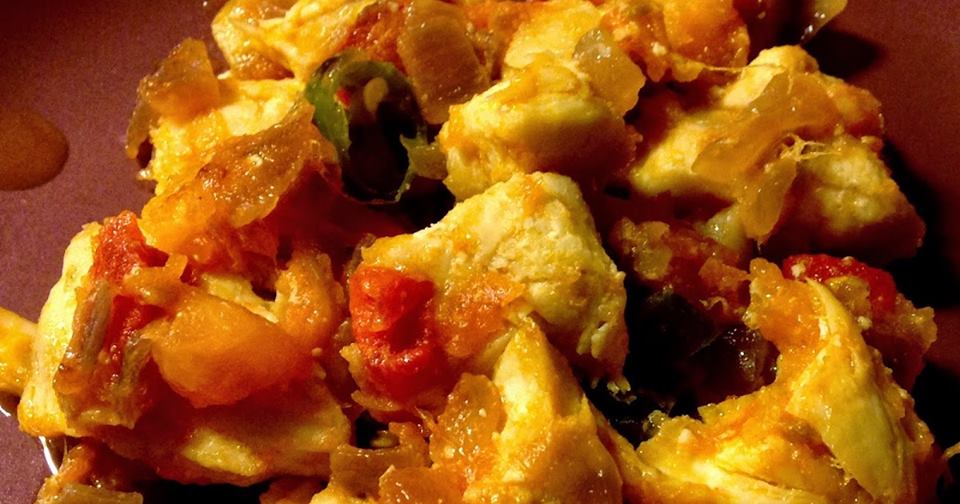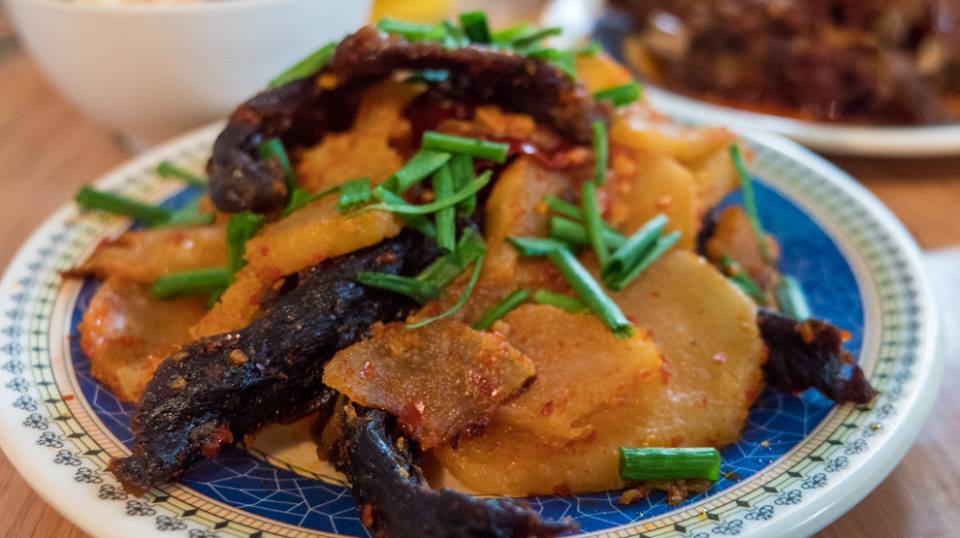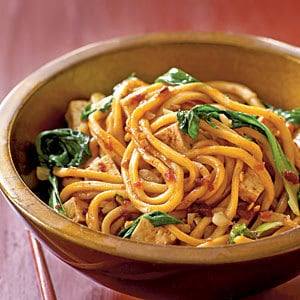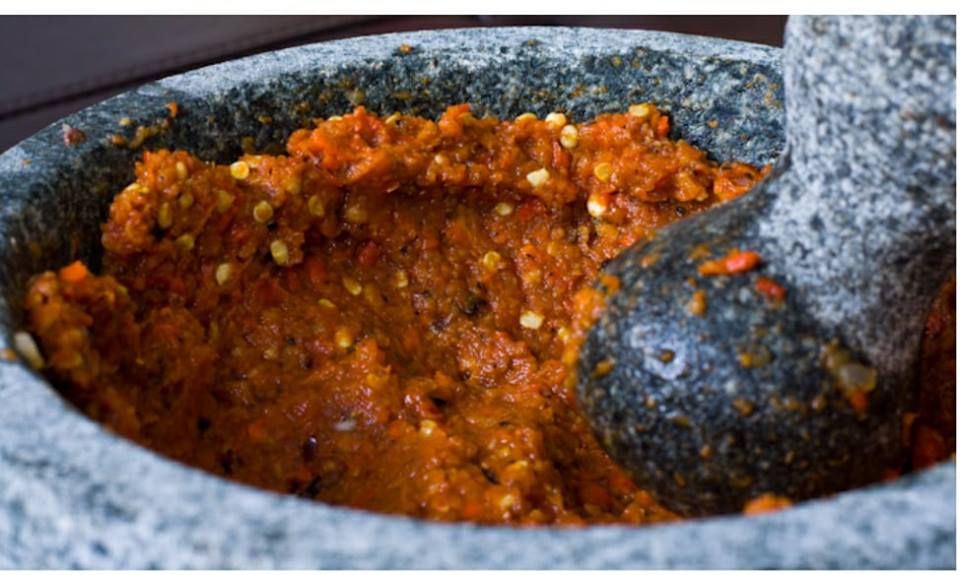
28 Mar Fiery Cuisines Part 25 – Bhutan
Andrew’s Essential Fiery Food Facts that a Pyro- Gourmanic needs to know
Part 34
Fiery Cuisines Part 25… The Land of the Thunder Dragon ,Bhutan
I first came across Bhutanese cuisine while living in the UK, on one of my adventures to see a band in London, Ever since that day I have enjoyed making Bhutanese dishes whenever possible.
Most Bhutanese refer to their homeland as Druk-yul, the original and still official name. Druk-yul means “Land of the Thunder Dragon.” Bhutan, the name given to the country by the British, is the name used for most official and international business and reference. The name Bhutan may be derived from the ancient Indian term “Bhotania,” which means “end of the land of the Bhots” (Tibet). Bhutan is divided into three zones: the southern zone, which has low foothills that are covered with dense tropical forests; the central zone, which primarily consists of fertile valleys at altitudes that range from 3,500 to 10,000 feet (1,060 to 3,050 meters); and the northern zone, which has valleys at heights that range from 11,000 to 28,000 feet (3,350 to 8,535 meters). It is this northern section that forms part of the Himalayas with its high peaks along the Tibetan borders.
The largest percentage of the population lives in the central zone. The federal capital of Thimphu is located along the river of the same name in this section of the country.
Bhutan, officially known as the Kingdom of Bhutan. This landlocked country in South Asia is nestled in the eastern end of the Himalaya mountains bordered by India in the south, east and west and by China in the north. It’s regarded as one of the most isolated nations in the world mainly because the Bhutanese government has regulated foreign influences and tourism to a great extent in order to protect and preserve the nation’s identity, culture and eco-system.
Evidence of civilization in the region dates back to at least 2000 B.C. Aboriginal Bhutanese, known as Monpa, are believed to have migrated from Tibet. The traditional name of the country since the 17th century has been Drukyul, Land of the Drokpa (Dragon People), a reference to the dominant branch of Tibetan Buddhism that is still practiced in the Himalayan kingdom.
For centuries, Bhutan was made up of feuding regions until it was unified under King Ugyen Wangchuck in 1907. The British exerted some control over Bhutan’s affairs, but never colonized it. Until the 1960s, Bhutan was largely isolated from the rest of the world, and its people carried on a tranquil, traditional way of life, farming and trading, which had remained intact for centuries. After China invaded Tibet, however, Bhutan strengthened its ties and contact with India in an effort to avoid Tibet’s fate. New roads and other connections to India began to end its isolation. In the 1960s, Bhutan also undertook social modernization, abolishing slavery and the caste system, emancipating women, and enacting land reform. In 1985, Bhutan made its first diplomatic links with non-Asian countries.
Bhutanese food is really unlike any other food you’ll ever eat.
I think that Bhutan has a cuisine that is as varied and delicious as that or Korea or Japan. You may wonder at my choice of comparison, but the inclusion of a high amount of wild and native ingredients – like Mustard, Turnip and Radish greens, wild berries and flowers, Fiddlehead ferns, Mushrooms and red Rice – and the enduring ceremonial use of food, form the basis of my opinion.
Although many Bhutanese people are vegetarian, a selection of meat abounds from the commonly enjoyed Pork and Chicken to Beef, water Buffalo and Yak. Fish is also eaten, but is usually smoked or dried before cooking ,which is very traditional. Vegetables are everywhere if you look for them. From Broccoli, Cauliflower, Corn, Cucumbers and Cabbage to Potatoes, daikon Radishes, Carrots, to Eggplant, string Beans, Onions and Garlic, and of course Chillies both hot and sweet. Pulses include several types of Peas and Beans as well as Lentils. Commonly enjoyed fruits are Apples, delicious Pears, and also Mandarins, Oranges, Quinces, a large selection of berries, Tomatoes, Pumpkins, Peaches, Plums, Cherries, Persimmons and Jackfruit are also eaten. Almost all dairy, except that for complementary feeding of infants and a few beverages is eaten as butter or cheese. Yak is probably the most common dairy, but milk from cows, goats and buffaloes is also used for milder-tasting products. Grains eaten include Rice, Barley, Wheat, Millet, Maize, and flour is also made from Buckwheat and pulses. Sweeteners are cane Sugars, Honey and sap from local trees.
On special occasions the Bhutanese serve rice which is prepared in a lot of ways. In the eastern part of the country, Wheat is cultivated, especially for making noodles, while in the southern part corn kernels are dried in Bamboo shoots and then ground coarsely to make Kharang. Another common dish is Thukpa or porridge. Some Bhutanese drinks are Suja, Ara or Butter tea, which is a locally made wine made from any local grain, Wheat or Barley or Rice. In traditional feasts Butter is heated with Eggs and Ara is poured over. As far as Kheng region is concerned, together with raw meat people have special drinks, but in weddings or other traditional Bhutanese gatherings, the Bhutanese inhabitants always eat foods from their own local cuisine.
As for herbs and spices, the dual foci that many recipes use is Szechuan Pepper and Coriander ,the herb and spice, but a wide variety of greens offer flavour including Mustard and Turnip greens to Kale, Chard and Beetroot greens. Other herbs include Mint, Fennel, Indian Bay leaves, wild Onion leaves as well as Lemongrass and Keora. Commonly enjoyed spices are Cinnamon, green and black Cardamom, Ginger, long Pepper, Turmeric, Sesame, Nigella seeds, Cloves, Saffron, and Perilla. Juniper berries and Indian Gooseberries are also potent flavouring agents. I have read numerous accounts on the internet about how the Bhutanese don’t use herbs and spices to flavour their foods, they instead use only Salt and Chillies. Honestly I don’t know how this started, because the Bhutanese have such a large choice of flavourings ranging from sweet, sour, hot, astringent and bitter that they regularly add to dishes.
How cooks put these varied ingredients together is also extremely varied by geographic location, family tradition and personal preference and individual taste. There are stir fries, curries and stews; roasts, braises and baked dishes. There are salted, smoked, boiled and dried foods, and there are also dishes with flexible preparations and presentations, such as those that can either be a soup or noodles with sauce. There are unique fermented foods and pickles that are delicious, sweet and sour at the same time.
The lists above are by no means intended to be exhaustive lists of available foods in Bhutan, but only a sampler of some of the most commonly eaten foods, ingredients and flavourings. However, even with the meagre offering of food to be found in these lists, it should be clear that there is no lack of basic foods in Bhutan to somehow limit the cuisine. In fact, the range of its geography from sub-tropical to alpine and from lowland to highland allows for an extraordinary variety of foods to be cultivated or gathered and eaten.
To begin to understand Bhutanese cuisine it is necessary to know the basic history of the people and the importance of Bhutan in regional and in Silk Road trade. Although archaeological evidence such as stone tools, megaliths and building foundations suggests that Bhutan was inhabited at least as far back as the second millennia BC, most modern Bhutanese trace their ancestry back to the Tibetan migrations into Bhutan in the 7th Century AD. The Tibetans brought with them their food culture, but that culture soon began to incorporate new ingredients that they found in Bhutan’s fertile valleys and hills. This adaptation continued until Bhutanese food developed its own unique character. Of course cuisines are always evolving and Bhutan’s cuisine is changing rapidly today.
Some dishes, however, still bear marked similarity between the two nations such as Shamdeh or Shamdrey a dish prepared with meat and Potatoes and served over Rice. Both dishes contain Ginger, Garlic, Onion, and Tomato. The major differences are the choice of meats – the Bhutanese favour Pork and Beef and the Tibetans favour Beef, Lamb or Mutton and the spicing. The characteristic Star Anise flavour of the Tibetan dish is missing from the Bhutanese preparation that opts only for the use of Cinnamon as the dominant flavour. The traditional presentation of the Bhutanese dish also includes slices of Egg when available.
On the Silk Road, Bhutan served as an important link and trade partner between Assam and Bengal in the South and Tibet in the North. The Bhutanese traded ponies, sheep, and dogs, Chillies, textiles and other spices and in return received Rice, Betel, dried Fish, and all-important rock Salt from its trade partners. Other items brought into India by Arab merchants and into Tibet by the Chinese and Central Asians were also traded. So, far from being isolated, the Bhutanese were part of the Old World’s global economy brought about by the Silk Road. Thus Cinnamon from Sri Lanka and Cloves from Indonesia were incorporated into the litany of Bhutanese foods.
